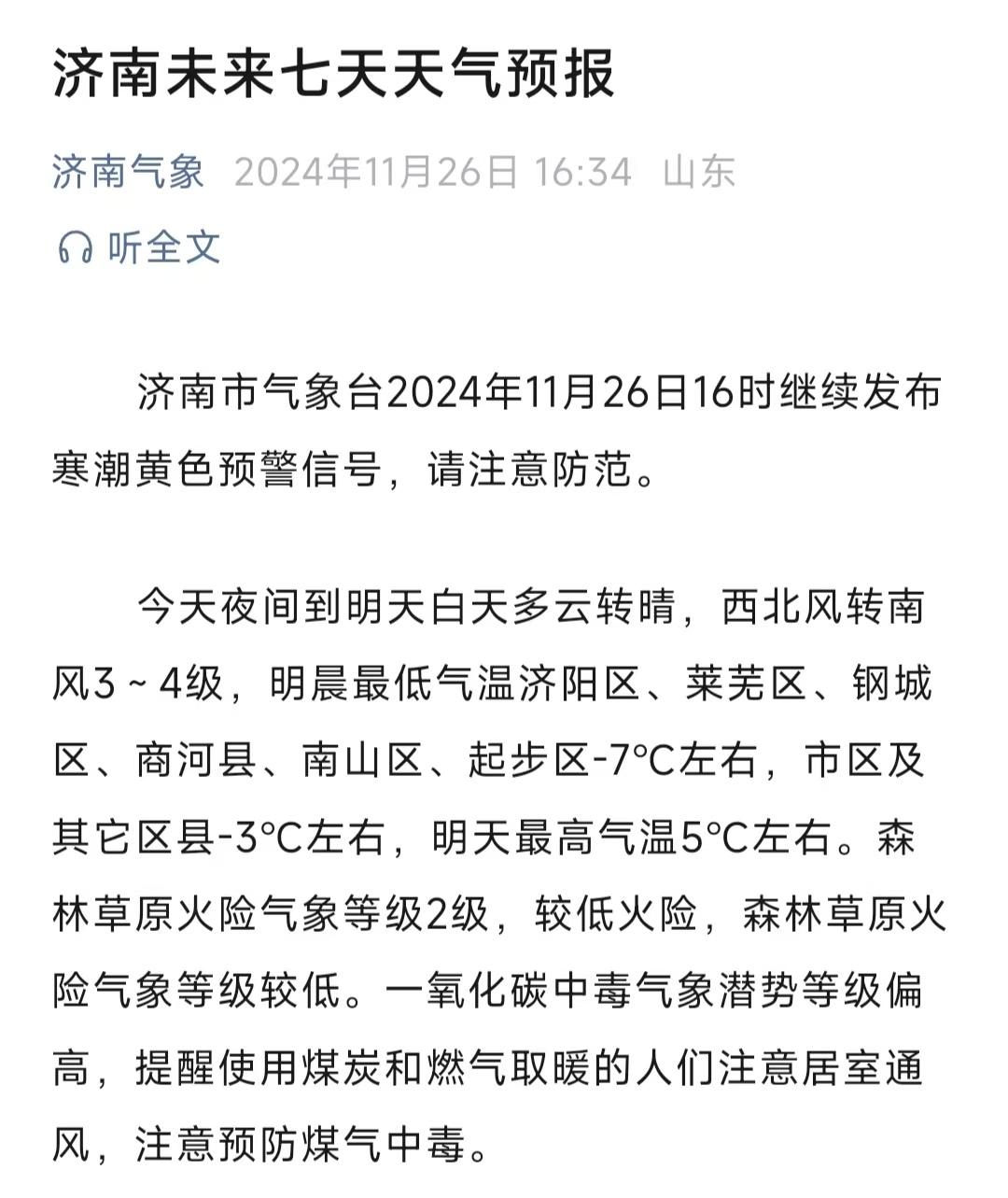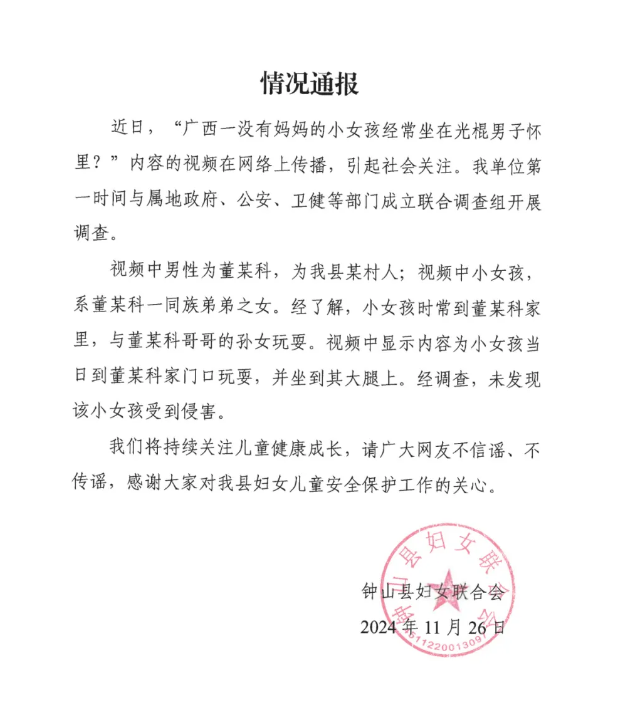Master rhyme scheme: In Petrarchan, employ ABBAABBACDCDCD or ABBAABBACDECDE. In Shakespearean, use ABABCDCDEFEFGG.
Follow the pattern: Adhere to the AABBA rhyme scheme and the rhythm of anapestic meter.
Explore themes: Sonnets traditionally express themes of love, beauty, mortality, and philosophical reflections.
*Overview:*
2. Haiku
Free Verse breaks away from traditional rhyme and meter, allowing poets greater freedom in expression. It emphasizes natural speech rhythms and patterns.
Embrace variation: Despite the rigid structure, infuse each repetition with nuanced variations to maintain interest.
*Overview:*
*Overview:*
Poetry, with its boundless creativity, offers various forms for expression. Each form carries its unique structure, rhythm, and rules, enriching the tapestry of literature. Here, we delve into five standard forms of poetry, exploring their characteristics and offering guidance for crafting captivating verses.
*Guidance:*
Haiku, originating from Japan, is concise and evocative, comprising three lines of 575 syllables respectively.
Follow the pattern: Craft five tercets (threeline stanzas) followed by a quatrain (fourline stanza).
Embrace humor: Infuse your limerick with playful wit and clever wordplay.
*Guidance:*
Title: Exploring the Five Standard Forms of Poetry
Embrace liberation: Enjoy the freedom to experiment with line breaks, stanzas, and language.
*Overview:*
Maintain coherence: Despite its freedom, ensure your poem maintains coherence and purpose.
3. Villanelle
Focus on imagery and emotion: Let your words paint vivid images and evoke powerful feelings without the constraints of rhyme and meter.
4. Free Verse
In conclusion, the world of poetry offers an array of forms, each with its own charm and challenge. Whether you prefer the structured elegance of a sonnet or the spontaneous flow of free verse, there's a poetic form suited to your voice and vision. Experiment, explore, and let your creativity soar on the wings of verse.
*Guidance:*

*Guidance:*
Villanelle is a highly structured poem consisting of nineteen lines. It features a specific rhyme scheme and repetition of certain lines.
*Overview:*
1. Sonnet
Employ sensory imagery: Engage readers by appealing to their senses through vivid descriptions.
Focus on nature: Haiku often celebrates the beauty and tranquility of the natural world.
Sonnet, originating from Italy, features fourteen lines of iambic pentameter. It typically follows either the Petrarchan or Shakespearean rhyme scheme.
Utilize refrains: Repeat the first and third lines alternately throughout the poem.
Embrace the structure: Divide your poem into an octave and a sestet (for Petrarchan) or three quatrains and a couplet (for Shakespearean).
Surprise with the punchline: Conclude your limerick with a humorous twist or unexpected resolution.
Embrace simplicity: Condense profound thoughts or observations into a minimalist structure.
*Guidance:*
5. Limerick
Limerick is a lighthearted form characterized by its witty, humorous nature. It consists of five lines with a distinct rhyme scheme and rhythm.











